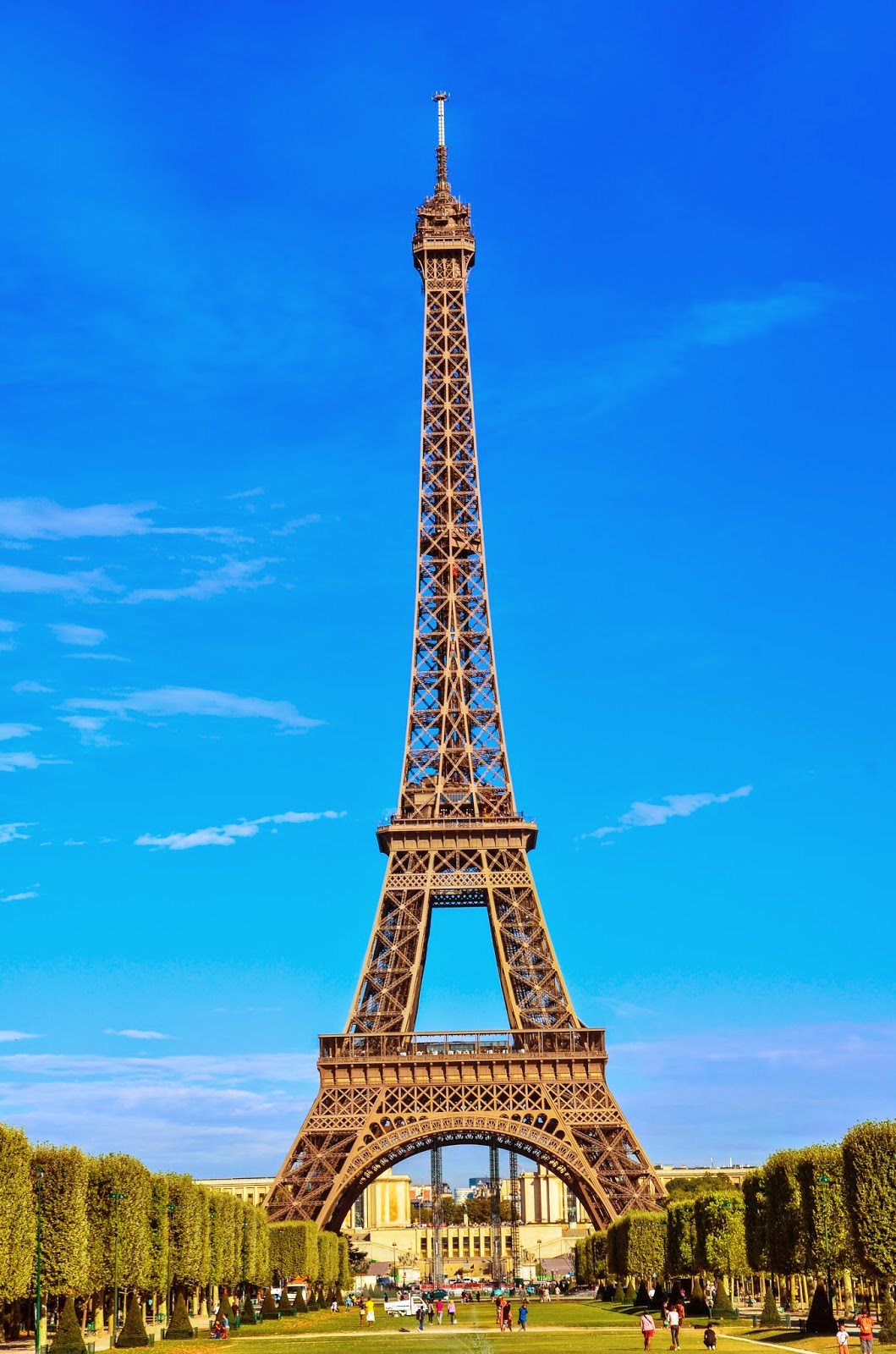The Eiffel Tower is in Paris, a phrase that resonates with millions of people around the world. This iconic structure, standing majestically in the heart of France's capital, is not just a marvel of engineering but also a symbol of romance, art, and history. Every year, millions of tourists flock to this landmark, drawn by its allure and the stories that lie within its iron lattice. In this article, we will explore the Eiffel Tower's history, significance, and what makes it a must-visit destination for travelers.
Built between 1887 and 1889 as the entrance arch for the 1889 World's Fair, the Eiffel Tower was designed by the engineer Gustave Eiffel. Initially criticized by many prominent artists and intellectuals, it has since become one of the most recognized structures globally. The tower stands at 324 meters tall, making it one of the tallest structures in Paris. Its unique design and breathtaking views have captivated the hearts of visitors for generations, turning it into a global symbol of love and culture.
In this comprehensive guide, we will delve into the various aspects of the Eiffel Tower, including its architectural brilliance, the engineering challenges faced during its construction, and the cultural significance it holds today. We will also provide practical tips for visiting the tower, ensuring that your experience is as memorable as possible. Whether you're planning your first visit or reminiscing about past trips, our guide to the Eiffel Tower will enhance your understanding and appreciation of this magnificent landmark.
Table of Contents
- 1. History of the Eiffel Tower
- 2. Architectural Design and Engineering
- 3. Visiting the Eiffel Tower
- 4. Cultural Significance of the Eiffel Tower
- 5. Fun Facts About the Eiffel Tower
- 6. Statistical Insights
- 7. Sustainability Efforts
- 8. Conclusion
1. History of the Eiffel Tower
The Eiffel Tower's history is a tale of innovation and controversy. Originally designed to demonstrate France's industrial prowess, it faced severe criticism from the artistic community. However, it was embraced by the public and has since become a beloved national treasure.
Construction Timeline
- 1884: Gustave Eiffel's company wins the competition to design the tower.
- 1887-1889: Construction takes place, using over 18,000 iron parts.
- 1889: The Eiffel Tower is officially opened to the public during the World's Fair.
2. Architectural Design and Engineering
The Eiffel Tower's design is a testament to 19th-century engineering. Crafted from wrought iron, the structure showcases a unique combination of aesthetics and function.
Design Features
- Height: Originally 300 meters, now 324 meters with antennas.
- Layers: The tower has three levels, each offering stunning views of Paris.
- Lighting: The Eiffel Tower is illuminated every evening, enhancing its beauty.
3. Visiting the Eiffel Tower
Visiting the Eiffel Tower is an essential part of any trip to Paris. With millions of visitors annually, planning your visit is crucial for an enjoyable experience.
Tips for Visitors
- Book tickets online in advance to avoid long queues.
- Visit during early morning or late evening for fewer crowds.
- Consider dining at the tower's restaurants for a unique experience.
4. Cultural Significance of the Eiffel Tower
The Eiffel Tower is not just a tourist attraction; it is a cultural icon representing French art, romance, and history.
Symbol of Romance
- Often associated with love, the tower is a popular proposal spot.
- Featured in countless films, songs, and art pieces.
5. Fun Facts About the Eiffel Tower
The Eiffel Tower is full of surprises. Here are some fun facts that you might not know:
- The Eiffel Tower can be painted every seven years.
- It sways slightly in the wind, up to six inches!
- The tower has been used for various purposes, including a radio transmission tower.
6. Statistical Insights
Understanding the statistics behind the Eiffel Tower offers insight into its grandeur and popularity.
- Over 7 million visitors annually.
- Approximately 300 steps to the second level.
- Made of 18,038 individual iron parts.
7. Sustainability Efforts
In recent years, the Eiffel Tower has implemented various sustainability initiatives to reduce its environmental impact.
- Solar panels installed to power the tower's lighting.
- Efforts to increase energy efficiency in maintenance.
8. Conclusion
In conclusion, the Eiffel Tower is in Paris, standing as a testament to human ingenuity and creativity. Its rich history, architectural brilliance, and cultural significance make it a must-see for anyone visiting the City of Light. Whether you're planning a trip or simply dreaming of Paris, let the Eiffel Tower inspire your journey. We invite you to share your thoughts in the comments below and explore more of our articles on travel and culture.
Thank you for reading! We hope to see you again soon for more captivating content about the world's wonders.
You Might Also Like
Robinhood Customer Service Number: Your Comprehensive Guide To AssistanceIsrael Times: The Comprehensive Guide To News, Culture, And Society
Comprehensive Guide To Arms List: Understanding Firearm Listings And Regulations
Aryna Sabalenka Height: Exploring The Physical Attributes Of The Tennis Star
Exploring The Life And Career Of Dave Aranda: A Rising Star In College Football
Article Recommendations
- Mel Gibson Anti Semitism Racism Accusations 1512808
- What Pamela Anderson Has Said About Sex Tape Tommy Lee Pamela Love Story Netflix 1776828
- New Jersey Map Population Shifting Crowded 1975080
- Donald Trump Calls Jd Vance Town Hall Michigan 1974861
- Rainbow Bridge Closure What We Know 1846195
- Jonah Hill Sarah Brady Text Messages Full Transcript 1812193
- Tiffany Gomas Not Real Tiktok Video Ultra Right Beer Photo 1891657
- Joe Alwyn Posts Brooding Photo After Taylor Swift Cozies Travis Kelce 1950189
- Little Rascals Netflix Where Are They Now 2021 1582862
- Sweatpea Owner Speaks About Dog Honored During 2024 Puppy Bowl 1869279

